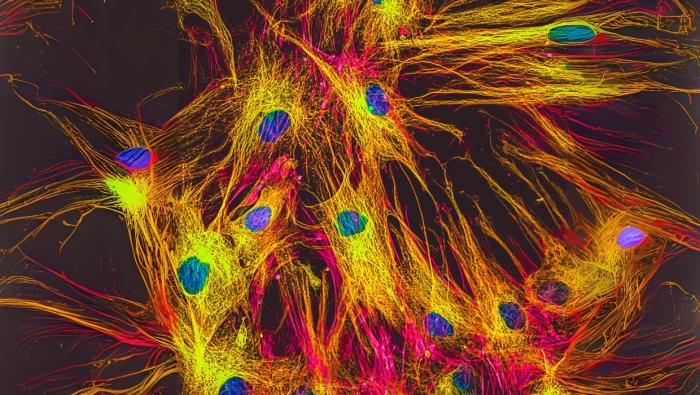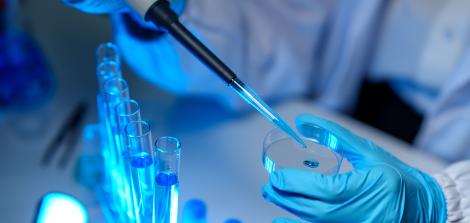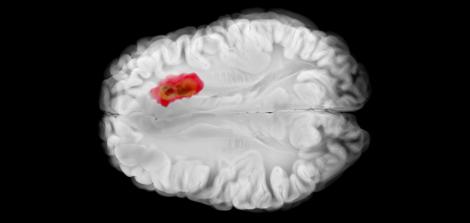Fluorescent Labeling

Fluorescent labeling of molecules is an advanced biological technique that enables the visualization, tracking, and measurement of specific molecules within cells, tissues, or living organisms using glowing substances. The method is based on the use of fluorescent molecules- such as chemical dyes or fluorescent proteins- which either bind naturally or are intentionally attached to a target molecule, such as RNA, DNA or a protein.
When the fluorescent molecule is illuminated with light at a specific wavelength, it emits light. The result is a visual signal that allows researchers to track the movement of proteins within the cell, monitor changes in cancerous cells, diagnose diseases, and more.
The main advantage of fluorescent labeling lies in its ability to enable live and precise imaging of biological processes without damaging the cell or tissue.
More on fluorescent labeling in an interview with Prof. Yaron Shav-Tal on the Dangoor website >>
Last Updated Date : 31/07/2025







![A person standing at a beach next to a big wave [representing post-trauma]](/sites/dangoor-medicine/files/styles/card_image/public/articles/%D7%A4%D7%95%D7%A1%D7%98-%D7%98%D7%A8%D7%90%D7%95%D7%9E%D7%94.jpg?itok=PnJYP1wn)
